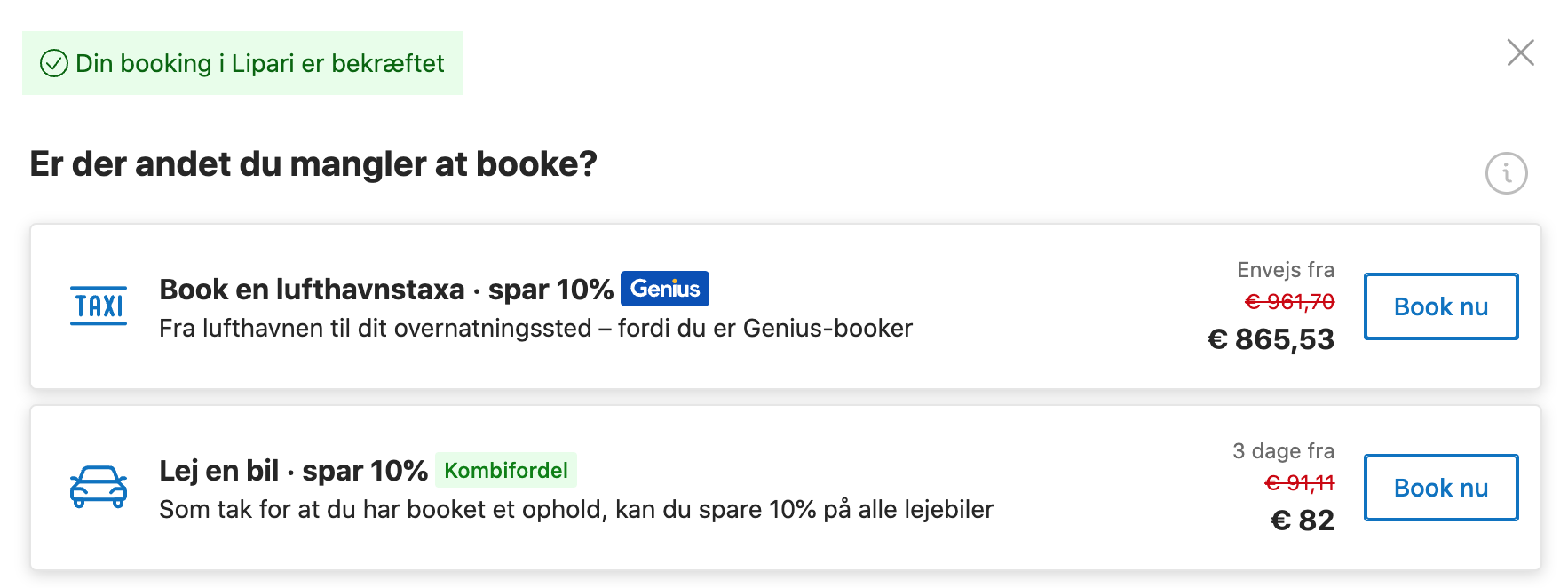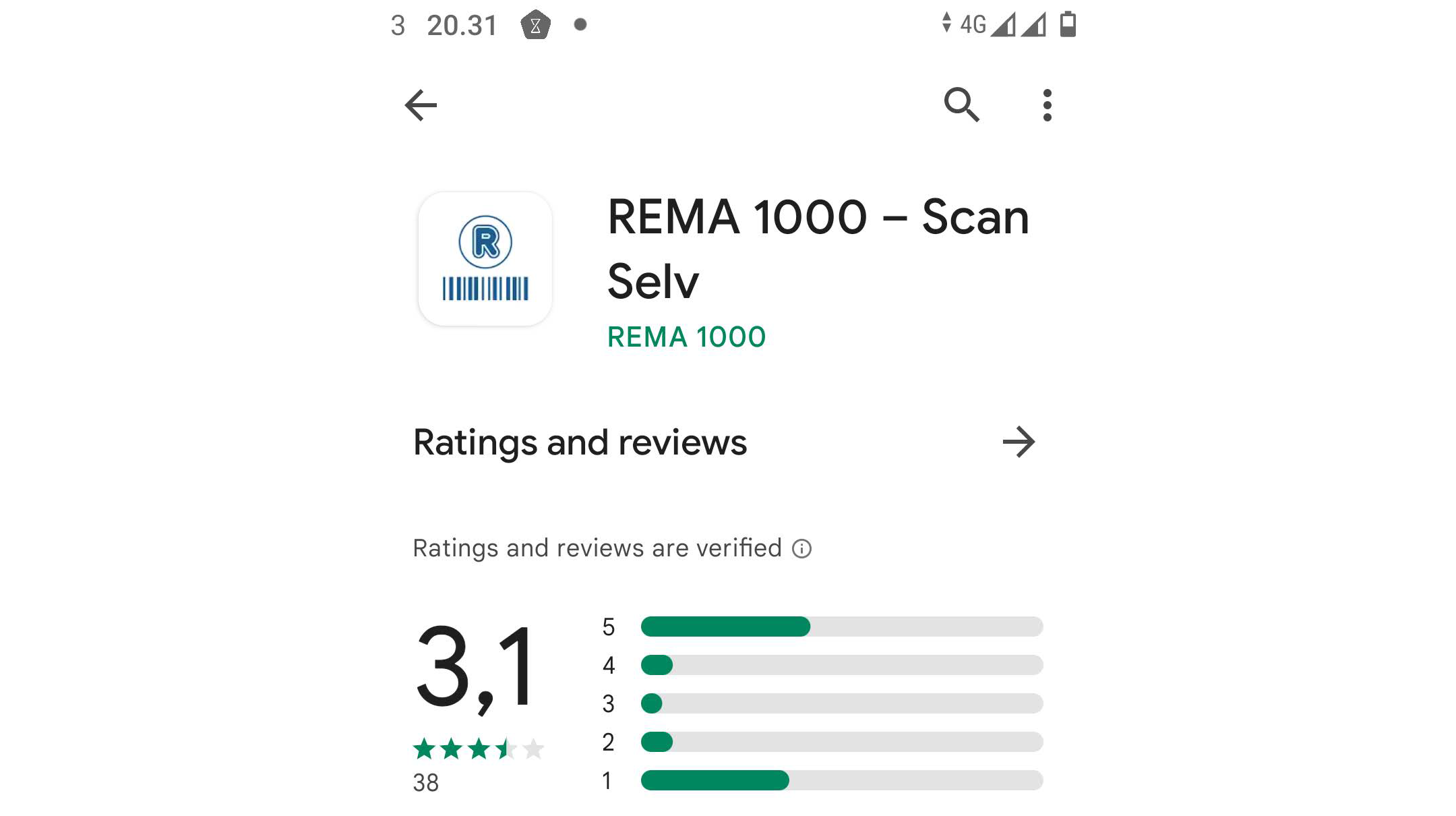You can easily manipulate users. Using design tricks to confuse and deceive users is known as “Dark UX,” and Airbnb has been an enthusiastic practitioner. For example, American users have always been surprised that their great deals look much less great after humongous compulsory “cleaning fees” are added at the last step.
I never saw this trick in Denmark because such shenanigans are illegal here. Airbnb power users know to search for Airbnb rentals in the US on the Australian site because deceptive practices are also illegal there.
Under pressure from users and regulators, Airbnb has stalled for years, implausibly claiming technical challenges in displaying the total price. However, it seems like the pressure has now grown too big to ignore, and even Americans should shortly be able to see the actual price.
User Experience knowledge is meant to help users, not trick them. You don’t want your company to become a byword for deception like Airbnb has become.










